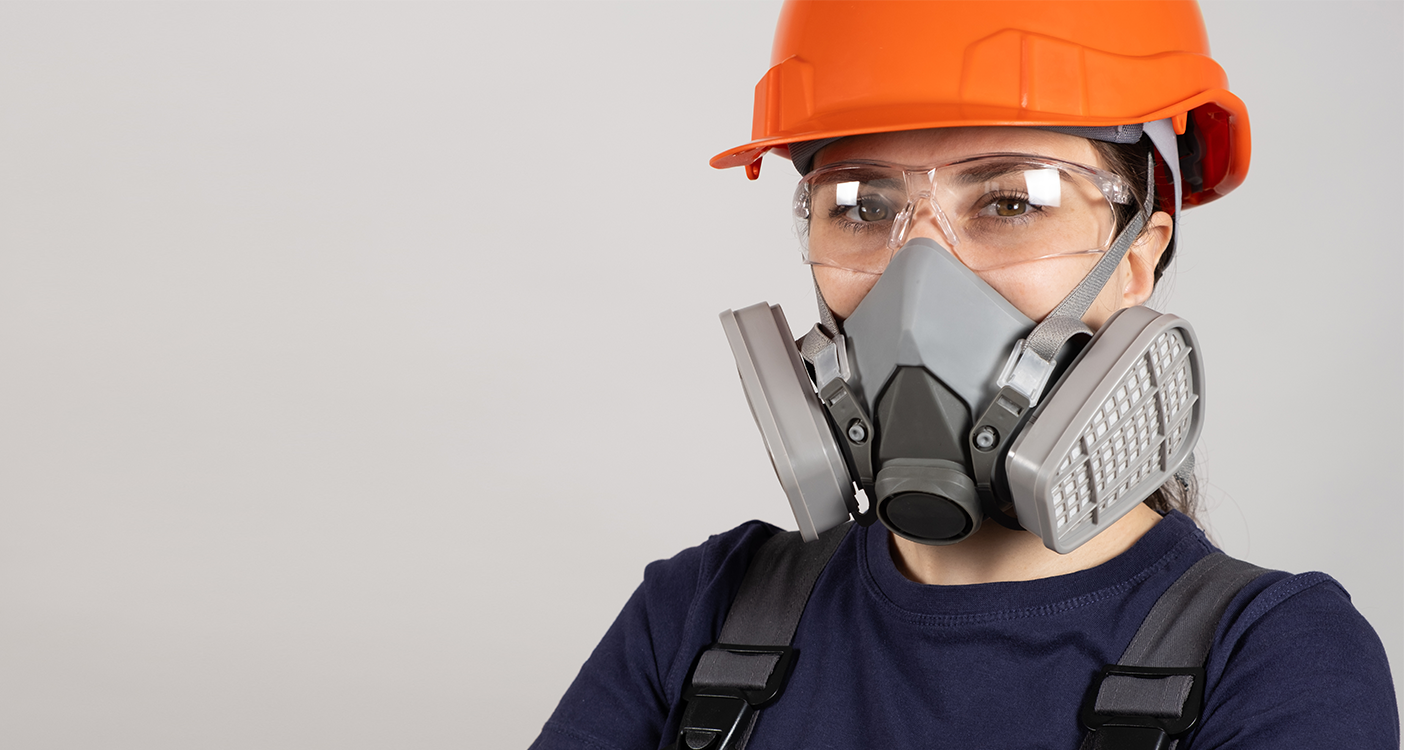|
|
|  | Respiratory ProtectionWe all rely on clean air to stay healthy at work. Some tasks performed regularly on campus present the potential for exposure to respiratory hazards if not properly addressed.
These might include dust hazards from using a saw or grinder, or chemical hazards while using a cleaning agent or adhesive. If these hazards are not properly mitigated, they can pose acute or chronic health risks. Respiratory protection is one way to control airborne hazards when other measures (e.g., local exhaust ventilation) are not enough.
If required by your school or unit, ensure you are up to date on your annual Respiratory Protection training in myHR Learn. | |
|
| Respirator types and limitations
- Different respirators, such as filtering facepiece respirators, half-face air-purifying respirators (APRs), and full-face APRs, provide different levels of protection. The Assigned Protection Factor (APF) of a respirator indicates its effectiveness (i.e., a higher APF indicates more protection).
- Specific filter cartridges for APRs will protect against specific contaminants (e.g., dust, volatile organic compounds). Use the Respirator Cartridge Selection guide to ensure you choose the correct cartridge and know when to replace it.
- Respirators can only protect you if they fit properly. Perform user seal checks every time you don your respirator and ensure that nothing interferes with the respirator seal (e.g., facial hair or other personal protective equipment).
|
|
| Respiratory Protection Program requirements
- If Environmental Health & Safety (EHS) determines that your work requires the use of respiratory protection, you will be enrolled in the Respiratory Protection Program, which entails:
- Annual fit testing and training
- Medical clearance evaluations to ensure it is safe for you to use respiratory protection
- If you identify respiratory hazards in your work, notify your supervisor or EHS at ehs@northwestern.edu.
|
|
|  | Voluntary respirator use
- You may choose to use respiratory protection (e.g., N95 filtering facepiece respirators) for additional comfort and protection, even if it is not required.
- Whether or not a respirator is required, it is important to understand its limitations and how to use it.
- Before using a respirator voluntarily, complete and submit the Voluntary Use of a Respirator Request Form to EHS. The voluntary use of some respirators also requires a medical clearance evaluation to ensure that you can safely use a respirator. Contact EHS for more information.
| |
|
| Safety tips
- Check the Safety Data Sheet (SDS) for the products you use to determine the presence of respiratory hazards.
- Always use engineering controls, such as local exhaust ventilation or dust suppression, to minimize airborne hazards before relying on respiratory protection.
- Make sure that your respirator fits properly and that nothing interferes with the respirator seal (e.g., facial hair or other personal protective equipment).
- Use the Respirator Care and Use guide to keep your respirator in good working order. As with all personal protective equipment (PPE), always inspect your respirator before each use, and replace any damaged equipment.
|
|
|
| Do you want to learn more? |
|
|
|
|




